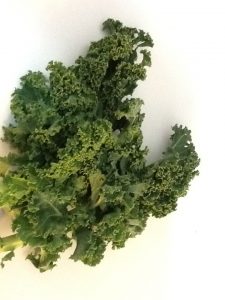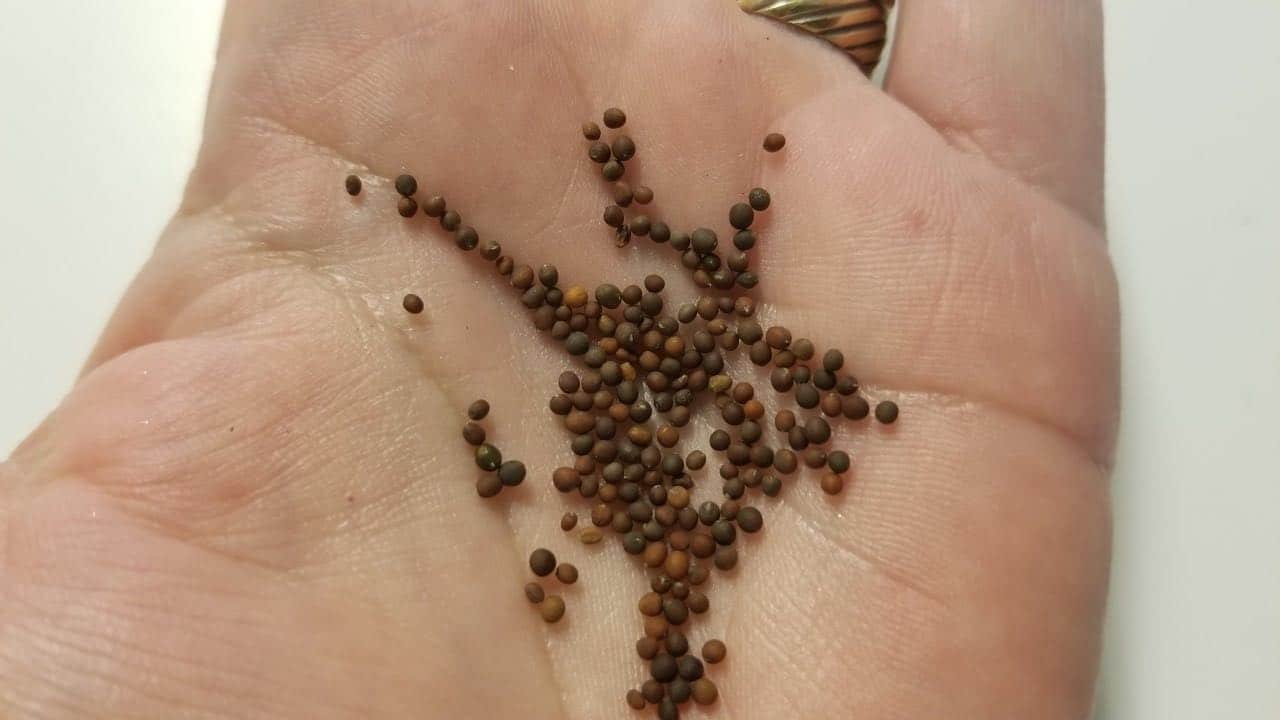If you are kickin’ it with kale this fall you will want to grow a large and delicious crop that your students will enjoy eating. Luckily, kale is easy to grow in Georgia during the fall! Growing cool-season crops in Georgia means less disease and pest pressure.
You may be interested to know that the flavor of your kale can change depending on your soil chemistry. According to Tim Cooling, UGA vegetable specialist, many of the bitter compounds we associate with kale are due to the amount and availability of sulfur in your soil. This could be the start of a great school science project!
There are several varieties of kale that are recommended for Georgia gardeners. Vates, Dwarf Siberian, Blue Armor, and Blue Knight are all proven winners in our state. Kale seeds are small and can be hard to handle during planting. For school and community gardens, broadcast seeding is a great option:
After spreading the seeds across your prepared soil:
Sprinkle a small amount of soil on top of the seed bed and tamp down. Tamping ensures good seed-to-soil contact and is an important part of planting small seeds.
Cover the plot with a layer of mulch. This time of year mulch is imperative to keep temperatures and soil moisture even. Avoid heavy mulch like wood nuggets. The small seedling cannot push those nuggets out of the way when they emerge from the soil.
Water well and keep the plot moist as the seeds germinate. With late summer heat you will definitely need to water your seed beds.
Keep an eye out for weeds as they can sneak into your monocrop of kale. Learn what a kale seedling looks like so you can remove everything else that comes up in your plot.
Your crop may need thinning. If so, you can eat the thinnings!

Keep an eye out for pests and start planning those kale recipes. Contact your local UGA Extension agent if you have any questions or problems.
Happy Gardening!
